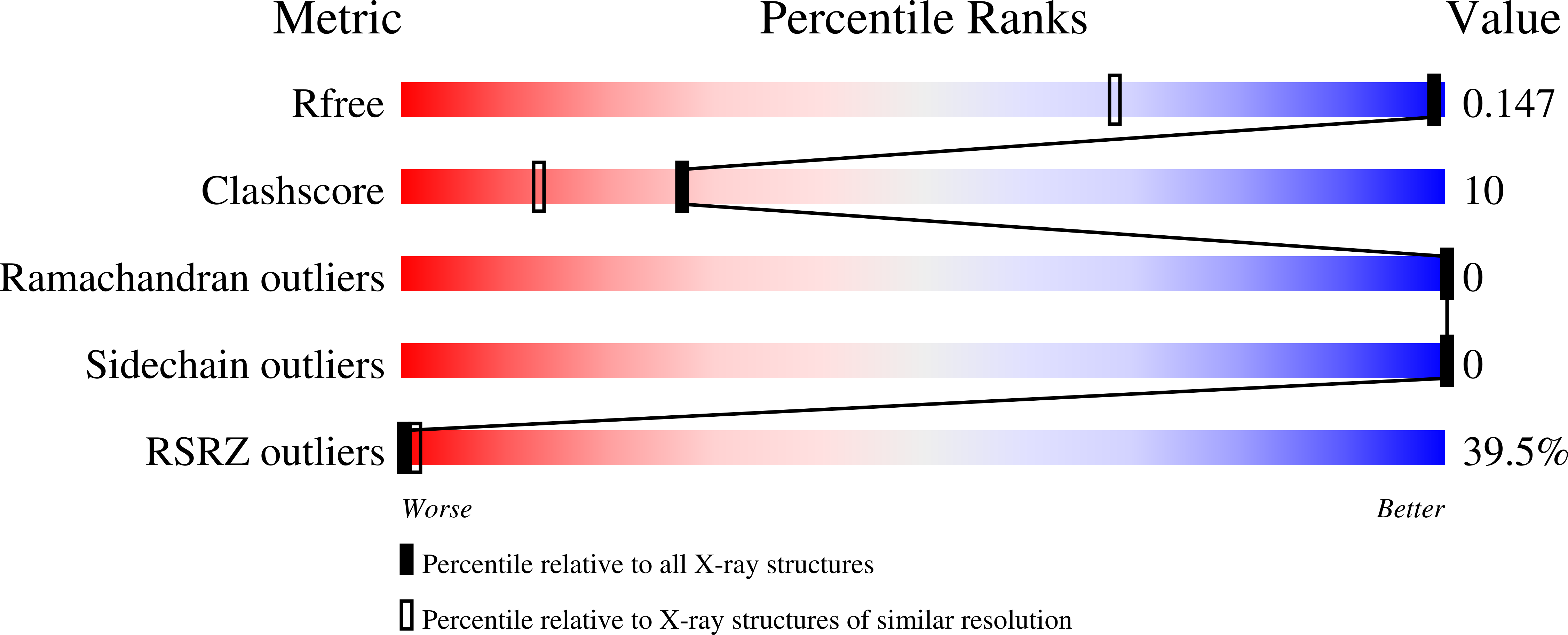
Deposition Date
2019-05-27
Release Date
2020-05-27
Last Version Date
2024-11-06
Entry Detail
PDB ID:
6P4D
Keywords:
Title:
Hen egg lysozyme (HEL) containing three point mutations (HEL3x): R21Q, R73E, and D101R
Biological Source:
Source Organism:
Gallus gallus (Taxon ID: 9031)
Host Organism:
Method Details:
Experimental Method:
Resolution:
1.05 Å
R-Value Free:
0.14
R-Value Work:
0.12
R-Value Observed:
0.12
Space Group:
P 43 21 2


